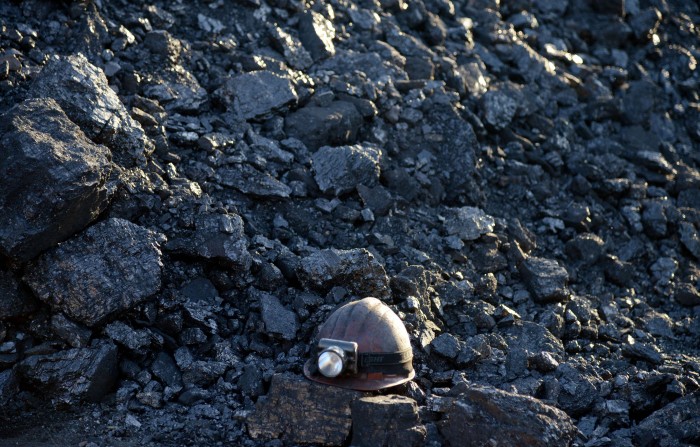Global Carbon Dioxide Emissions Have Now Been Flat for Two Years Running
New data published by the International Energy Agency extends the surprising finding, discovered last year, that global carbon dioxide emissions have stopped growing despite continued economic growth. The latest data show the trend has continued for a second consecutive year, which the IEA says is a result of renewable energy accounting for 90 percent of new electricity generation in 2015. China’s slowing economic growth has played a key role in these figures as well, though, and with India and several other developing economies set to grow substantially over the next several years, it’s not clear how long we can expect this “decoupling” trend to continue.
The IEA and the Global Carbon Project, an international group of climate researchers, have now independently concluded that China’s emissions appear to have declined in 2015. This reflects a substantial drop in coal use that corresponds with a slowdown in construction, but also with actions taken by the Chinese government to curb coal consumption for the sake of reducing air pollution. China has pledged that its emissions will peak by 2030, but it could be that we have already seen the peak more than a decade early.

As China’s economy slows, however, India’s is just now ramping up, and economists project that several other large developing nations will grow very rapidly over the next decade. What that means for emissions growth will depend on how those countries choose to meet their rising demand for energy.
(Read more: “China Could Deliver on Its Carbon Promise Earlier Than Expected,” “Have Global CO2 Emissions Peaked?”)
Keep Reading
Most Popular
How scientists traced a mysterious covid case back to six toilets
When wastewater surveillance turns into a hunt for a single infected individual, the ethics get tricky.
The problem with plug-in hybrids? Their drivers.
Plug-in hybrids are often sold as a transition to EVs, but new data from Europe shows we’re still underestimating the emissions they produce.
What’s next for generative video
OpenAI's Sora has raised the bar for AI moviemaking. Here are four things to bear in mind as we wrap our heads around what's coming.
Stay connected
Get the latest updates from
MIT Technology Review
Discover special offers, top stories, upcoming events, and more.